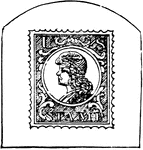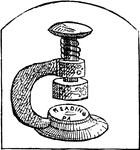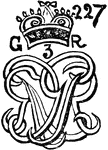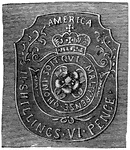Clipart tagged: ‘stamps’

Plaster
Pattern in stamped and moulded plaster, decorated with gilding and transparent colors; 15th-century…

Stamp
A stamped or printed device issued by the government, and required by law to be affixed to letters or…



